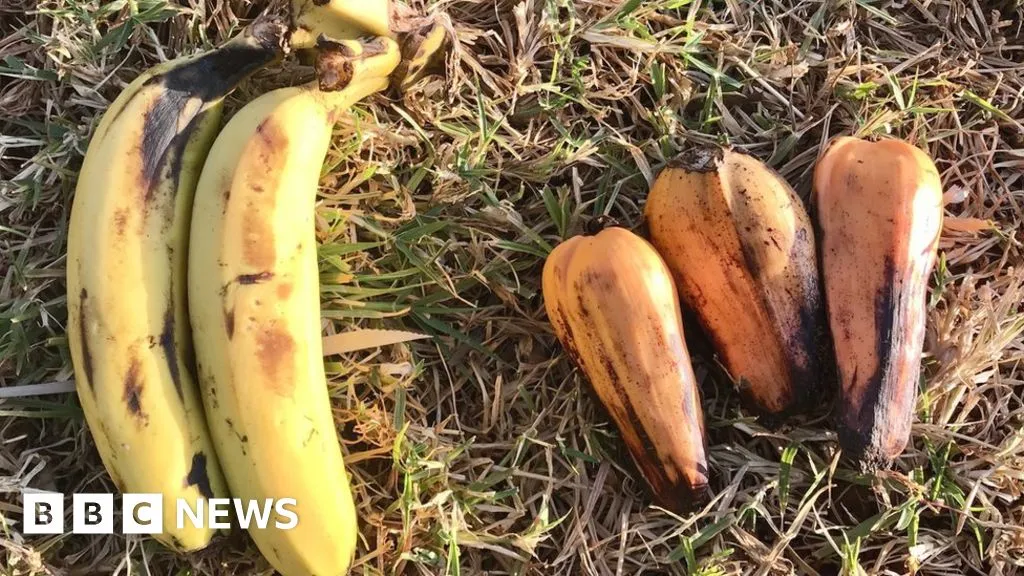In the heart of Ethiopia, where the towering enset plant, often referred to as the “false banana,” sustains a quarter of the population, a silent threat looms. Enset bacterial wilt, caused by Xanthomonas vasicola pv. musacearum, is wreaking havoc on this vital crop, and a recent study led by Tafesse Kibatu from the Department of Horticulture sheds light on the intricate dynamics of this disease.
The study, published in the journal ‘Advances in Agriculture’ (or ‘የምርት የተማርኩ ማንበብ’ in Amharic), delves into the farmer perspectives, physicochemical characterization, and phenotypic variation among strains of the bacterial wilt. The research team ventured into the Gedeo, Kembata Tembaro, Gurage, Hadiya zones, and the Basketo special woreda of Southern Ethiopia, collecting data through in-depth interviews, questionnaires, group discussions, and field observations.
The impact of bacterial wilt varies significantly across enset growing regions, with highlands experiencing the brunt of the damage. “The disease’s effect is not uniform; it fluctuates seasonally and spatially,” Kibatu explains. This variability underscores the importance of tailored, localized management strategies.
The researchers characterized the morphology of bacterial wilt isolates, noting consistent features across samples. All isolates utilized sorbitol, mannitol, lactose, and fructose carbohydrates, and exhibited positive potassium hydroxide solubility and catalase activity. However, variations in responses to aesculin, oxidase, gelatin liquefaction, and hydrogen sulfide production tests, as well as tolerance to salt and high temperatures, were observed.
These findings are crucial for understanding the epidemiology and management of enset bacterial wilt. “The variations in bacterial isolates’ responses can help us develop more effective control measures,” Kibatu notes. By integrating local knowledge with robust scientific approaches, the study paves the way for enhanced disease management and enset landrace conservation efforts.
The commercial implications of this research are substantial. Enset is not just a staple food; it’s a cornerstone of the local economy. Effective management of bacterial wilt can secure livelihoods, boost agricultural productivity, and stabilize food security in the region. Moreover, the insights gained from this study can inform broader strategies for managing bacterial diseases in other crops, benefiting the agricultural sector at large.
As we look to the future, this research underscores the need for continued investment in agricultural science. By understanding the nuances of diseases like enset bacterial wilt, we can develop targeted interventions that protect crops, empower farmers, and ensure food security. The journey is complex, but with each study, we take a step closer to a more resilient and sustainable agricultural future.

